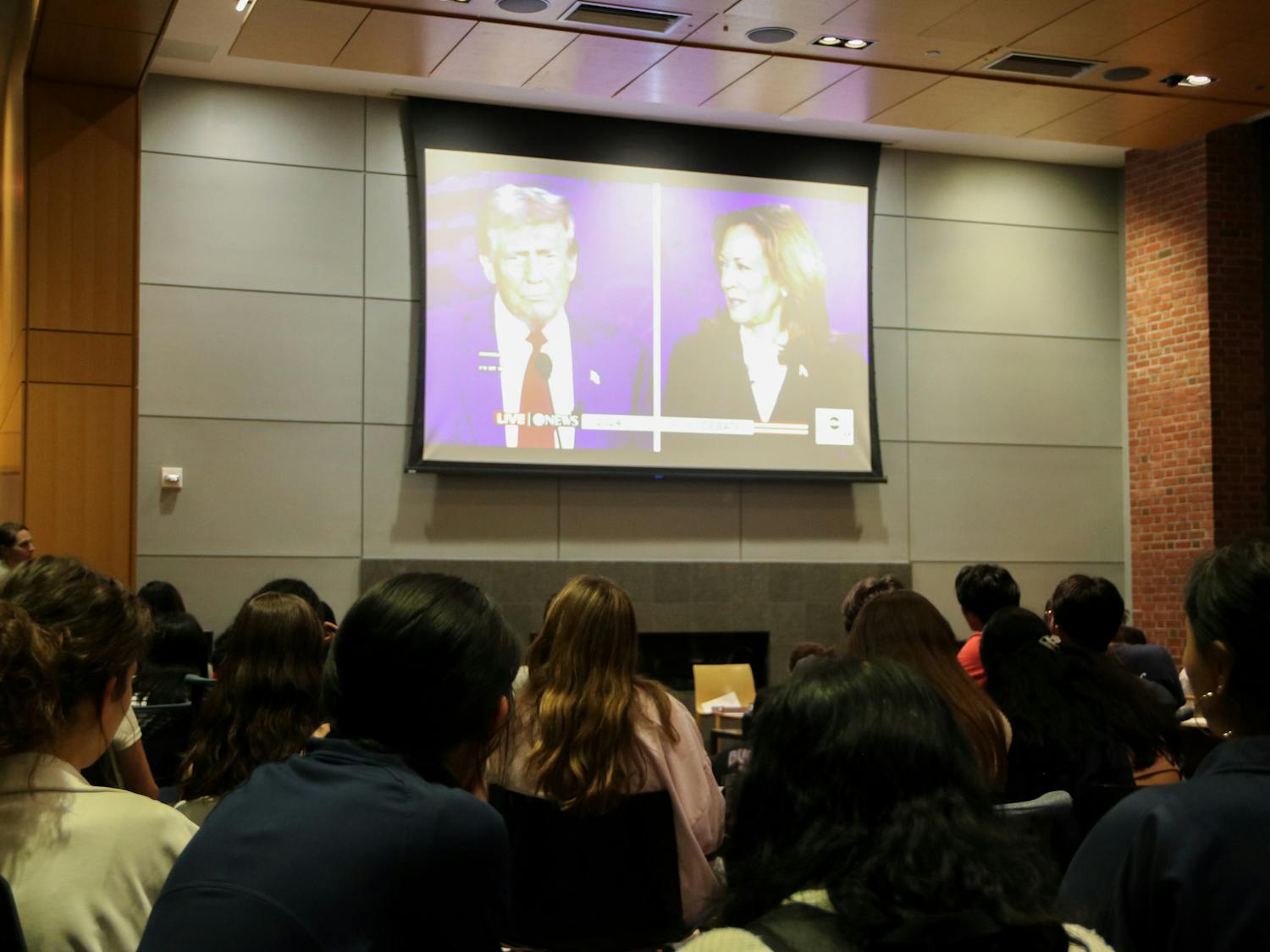For over a generation, Penn has benefited from a Supreme Court decision that allows colleges to consider race as one of several factors in the admissions process. But a case involving a 22-year-old woman who claims she was denied admission to the University of Texas at Austin due to unfair racial preferences threatens to remove this precedent.
Race-based affirmative action has been upheld over the last 30 years on the condition that it serves a compelling state interest and its means are narrowly tailored to achieve that interest. The current system preserves schools’ freedom to shape how its students are educated. There is also a compelling state interest to allow universities to determine how diversity enters into the educational equation.
Affirmative action serves a dual purpose: to correct systemic inequality in the United States and promote diversity. Racial diversity at a university enriches a student body with a diversity of experiences and viewpoints, creating a valuable educational experience. This is something that Penn knows well. Each year, the University selects its incoming class through a holistic process that evaluates an application’s race alongside a myriad of other factors. The effect that this practice has on shaping campus, as Dean of Admissions Eric Furda explained, is profound but difficult to parse out.
However, attempts to determine whether the fruits of affirmative action surface in the classroom, on Locust Walk or within multiracial networks that are formed at Penn are often futile. The diversity of viewpoints and experiences that results from affirmative action permeates every aspect of our education experience. It also gives Penn a profound ability to shape diversity among future leaders of influential fields.
This August, Penn — along with seven other Ivy League schools and institutions like Duke and Stanford universities — rightly defended this practice when it submitted an amicus curiae brief in support of UT’s policy. The decisive action the University took with regards to affirmative action highlights the need to appeal to arguments surrounding constitutionality.
Opponents of race-based affirmative action claim that systemic inequality in this country has been resolved to a certain extent. They also worry over the possibility that colleges are using affirmative action as a guise to accept wealthy students of color who have not experienced the same barriers to entry — access to good teachers, SAT tutors — that applicants from a lower socioeconomic class may have experienced.
Indeed, affirmative action has its flaws. But it is the only tried and true method to achieve the same diversity that we currently see in higher education. Its end goal of increasing fairness and diversity justifies its means, which the court should decide are constitutional. The constitutionality should at least continue until 2028 — the year that Justice Sandra Day O’Connor hoped that “racial preferences will no longer be necessary,” during the Grutter v. Bollinger case in 2003.
Currently, there is no good alternative to race-based affirmative action. The University of Texas’ 10-percent model, which guarantees admission to the top 10 percent of graduating seniors at every public high school in the state, increases racial diversity substantially. However, it is a flawed measure that cannot be extended to encompass the entire admissions process. In 2010, for example, the 10-percent model underrepresented black students and overrepresented Asians. Others have pointed to the University of California’s race-blind admissions as a possible model to emulate. However, evaluations based solely on applicants’ grades, extracurricular activities, test scores and essays fail to accurately highlight obstacles that students face in order to enter college — something that University of California, Los Angeles officials have admitted to in a recent piece in the New York Times.
Although affirmative action is still the best measure to preserve diversity and rectify systemic gaps, universities should attempt to find a better model for the future. Since the correlation between race and socioeconomic status is gradually unraveling, universities should update their admissions policies to reflect this change.
Penn, in particular, can do more to increase its socioeconomic diversity. During the 2008-09 academic year, Penn ranked 47th out of the 50 schools with the largest endowments in the nation for its proportion of low-income students, according to the Chronicle of Higher Education. Penn can rectify its errors by casting a wider net and increasing its outreach efforts to high students from low-income backgrounds.
Last Wednesday, the Supreme Court heard arguments for and against affirmative action. But the ruling is unlikely to be announced until early next year. Either way, Penn has no time to lose and must begin rethinking its efforts today.








